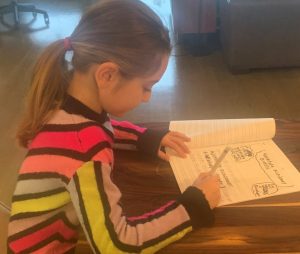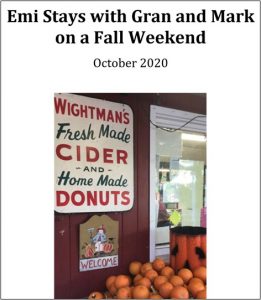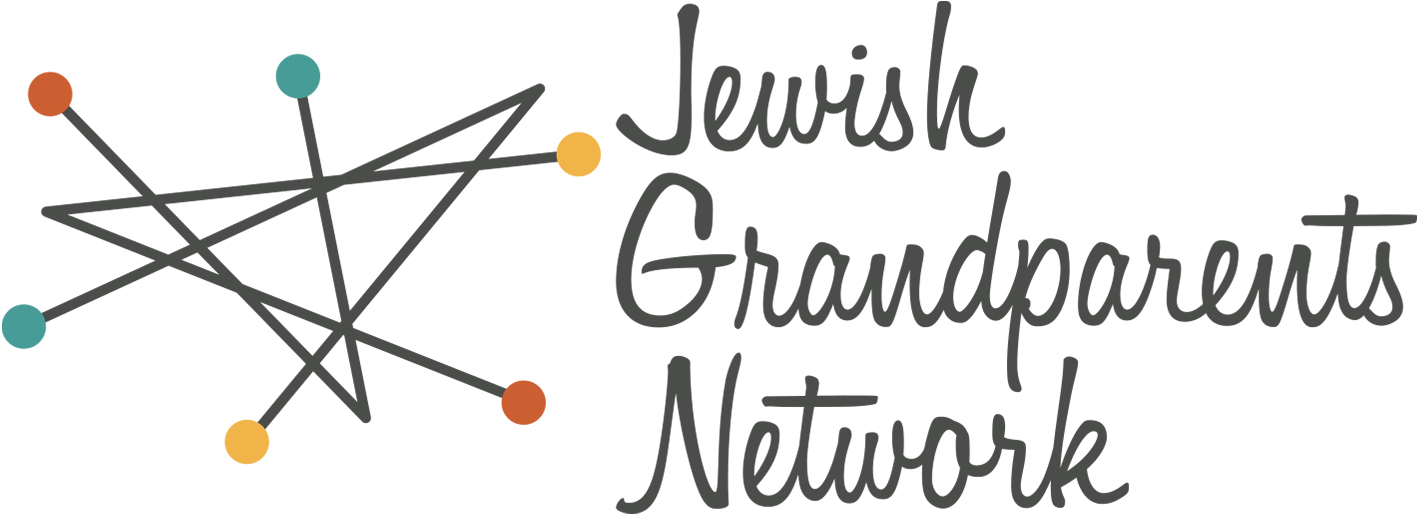
Feb 21 2022 How to Write a Book with Your Grandchild
My two-and-a-half-year-old grandson can’t get enough of books. He may be the only toddler who falls so deeply under the spell of his library that his parents say, “Enough books for now. Let’s find something else to do.” And now he’s at the age where he can start telling his own stories. As his Nana Banana, and as a published children’s book author, I’ve been waiting for this moment.
Stories are a fundamental part of the human experience: reading, hearing, and telling them. Stories are a way to make sense of our thoughts and feelings, and of the world around us. A way of sharing our values. So, creating stories together is the perfect grandparent-grandchild activity — not to mention a terrific workout for a young imagination.
Co-writing stories will inevitably lead to some surprising new discoveries on both sides as you learn how the other person thinks and what they love. Your creations will make wonderful keepsakes for the future, a snapshot of this particular time.
Here are some easy tips for you and your grandchild to write stories together — whether you do so in person or long distance (phone, screen, mail).
School-age grandchildren will be able to participate more fully than preschoolers. Try to resist the urge to make corrections — imperfections, especially inventive spelling, are part of the charm!
1. Build your book on photographs.
Find photos from a visit, trip, or holiday you enjoyed together. Share the photos and create the text. Let your grandchild dictate the words as much as possible and you write them down. (If your child wants to “write” using scribbles, that’s okay, too. Scribbling is an important pre-literacy skill.)
Alternatively, use old photos of your children (your grandchild’s parents) when they were young. Passing down traditions (and stories) to your children and your children’s children is part of our Jewish heritage. You might even put the old photos next to the new ones, for comparison. Hearing about — and seeing — their parents’ childhood years is endlessly fascinating to many kids.
You can glue the photos and write the words into a blank journal or photo album. Or you can go to one of many websites, such as Snapfish and Shutterfly, that let you create a real, hardbound book of photos and captions. You can also create your book in Word on the computer, save it as a PDF, then upload it to a local Staples or FedEx. They’ll print it out and comb-bind it with a plastic cover, and you can pick it up or have it shipped.
2. Make up a story from scratch.
Let your imagination run wild! Take turns adding to the story — one or two sentences from you, then a couple of sentences from your grandchild. You can do this in person or remotely, in one session or several. Offer a prompt to get things started, if needed. For example:
- If you had one wish (or one superpower), what would it be? What would you do with it?
- The Magic ________ (fill in your grandchild’s favorite food)
- A Day in the Life of ______ (fill in the name of your grandchild’s favorite stuffed animal or doll)
Invite your grandchild to illustrate the story (or split the drawings between the two of you). Spontaneous scribbly drawings are just fine. Again, you can use a blank journal for your creation, or check out one of the many companies that will print and bind your joint masterpiece, such as Lulu Junior book kits or Storyjumper.
3. Build your story around a Jewish value or holiday.
Many of us seek to pass on our values to our children and grandchildren. Use personal accounts to explore the Jewish value of gemulit chasadim — doing acts of lovingkindness. For example, ask your grandchild, “What is the nicest thing you did for someone this week?” or “Did you see someone doing good at school this week? Let’s write a story about it.”
Or write about real or imaginary holiday events, for example, something funny that happened at the Passover seder, how you baked challah together for Shabbat, or a made-up tale of how the latkes came alive on Hanukkah.
4. Recount a personal event that reveals your vulnerability.
Perhaps you can share stories about an embarrassing moment or a mistake that you’ve made and regretted. Sharing tough moments is a good way to teach resiliency; it shows that you can learn from mistakes and move on. It can also make for dramatic reading.
5. Use different methods to build the story’s momentum.
As the story takes shape, you can ask questions to move things along: What happens next? How do you think your character is feeling? What problems does this character face? How will he/she/they solve them?
Have fun with words! Stories are a great way to help grow vocabulary because they can put unfamiliar words in a context familiar to kids.
Here’s a challenge: Each of you choose five or six words that must be included in the story. Choose words that are easy to understand (and perhaps fun to say!), even if they’re new to your grandchild: enormous or flabbergasted, for example. Then use the word multiple times—children need to hear a new word repeatedly before it’s embedded in their memory. And brainstorm synonyms: If you’re using enormous, take turns thinking of other words that mean the same thing, such as gigantic, colossal, or humongous.
Use rhymes. I’m Nana Banana to my grandson; he’s way into rhyming. Try making up a story-poem, taking turns supplying the rhyming line. Challenge your grandchild to think of as many alternate rhymes as possible. Nonsense words definitely count! 
When you’re finished, read and enjoy your story together. The story your grandchild helps you imagine may suggest other (published) books to read together. Any good writer will tell you that the best way to raise a writer is to raise a reader.
Leslie Kimmelman is the author of dozens of popular and award-winning children’s picture books, including the recent The Eight Knights of Hanukkah (illustrated by Galia Bernstein) and the upcoming How to Be a Mensch, by A. Monster (illustrated by Sachiko Yoshikawa). She recently retired after 24 years as an editor and writer at Sesame Workshop, where she was one of the creators of Julia, the Muppet who is on the autism spectrum.
Photographic Credits
Banner photograph by Stephanie Fink
All other photographs by Terry Kaye






 We use technologies like cookies to remember your preferences. Consenting to these technologies will provide you with a better browsing experience. JGN never shares information about your use of our website.
We use technologies like cookies to remember your preferences. Consenting to these technologies will provide you with a better browsing experience. JGN never shares information about your use of our website.